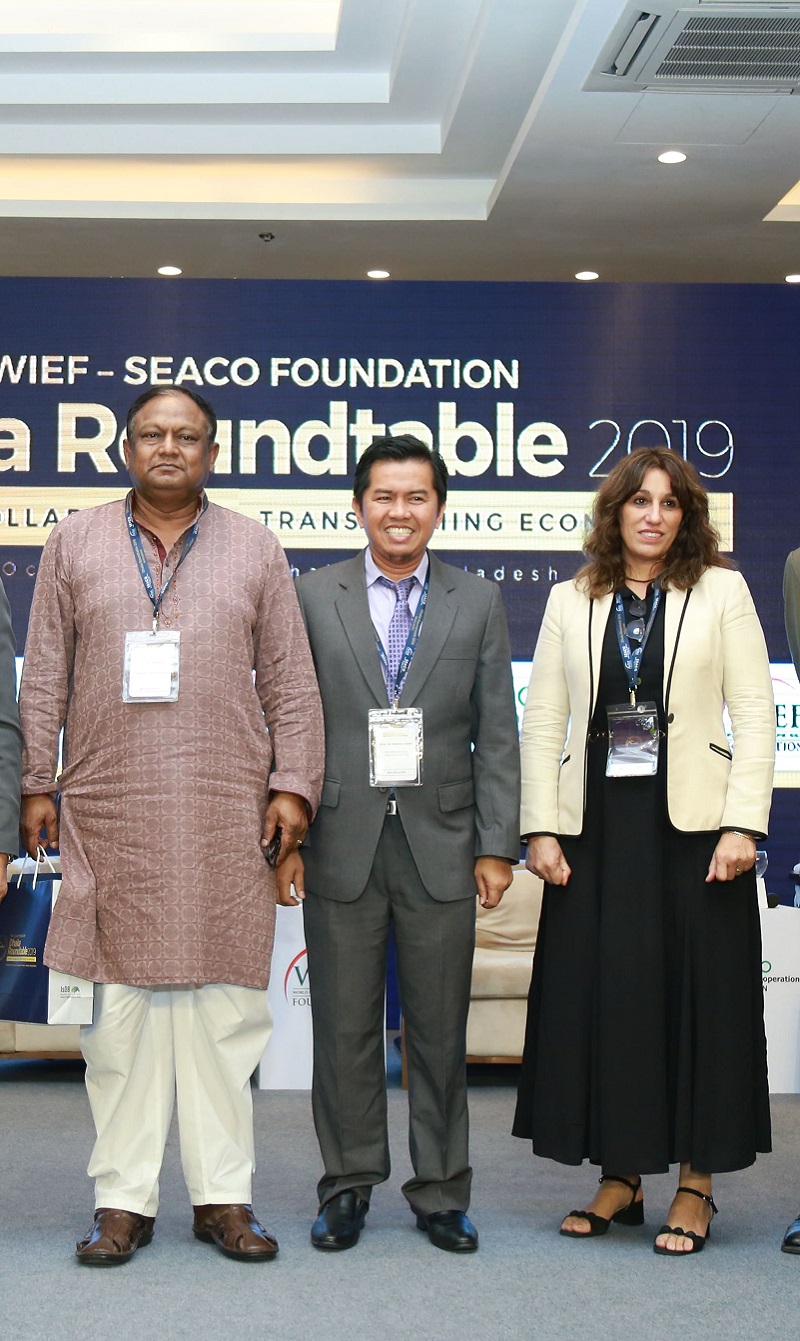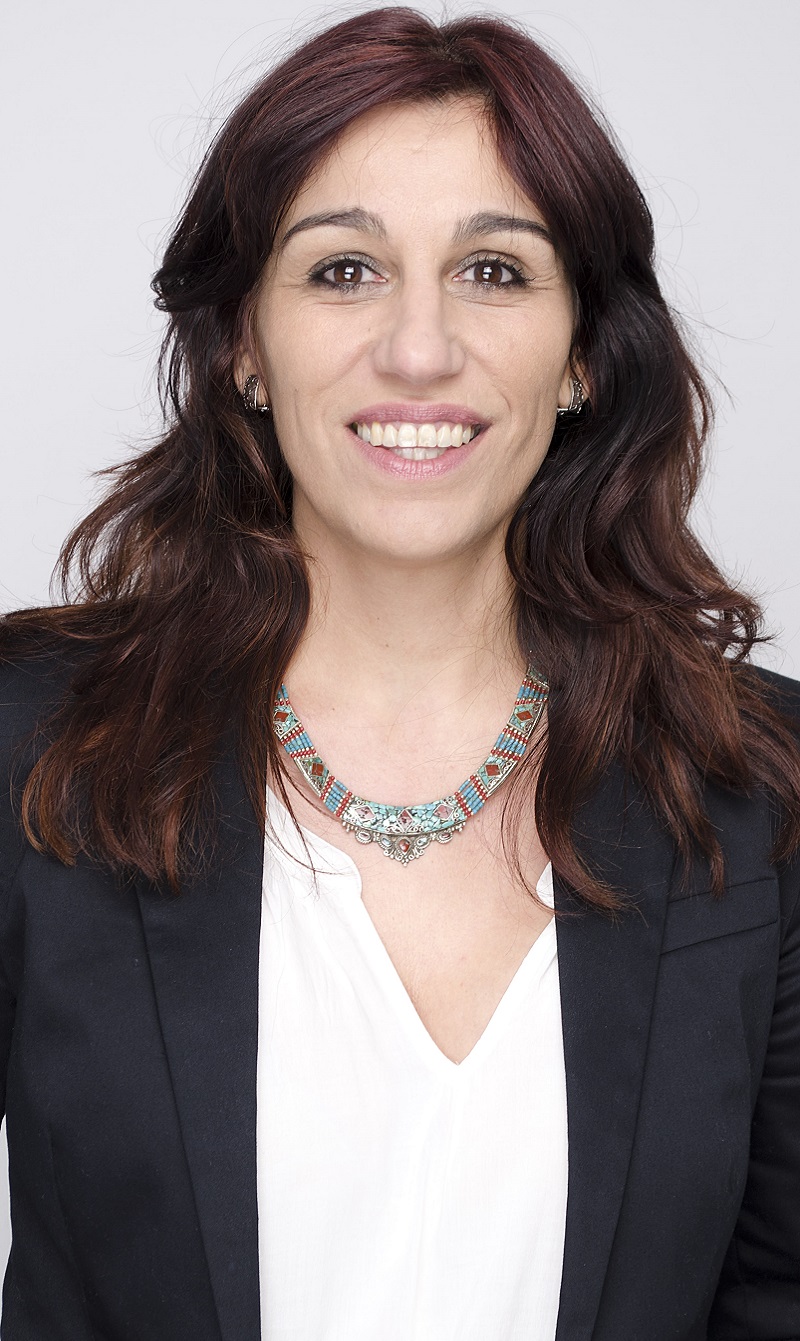A new consciousness amid the uncertainty
The consumer economy is transforming business paradigms by creating new requirements for companies to meet. What strategies can they employ in order to thrive in a business space marked by innovation, adaptability and ever-demanding customers? What can be done to ensure that the consumer economy can grow in a sustainable manner so that all countries benefit?
Setting the stage for the consumer economy
HE Bambang Permadi Soemantri Brodjonegoro, Minister for National Development Planning and Chairman of Bappenas, Indonesia noted that the global economy is being reshaped by a slowdown of investment and capital flows to emerging markets, a deceleration in Chinese trade, geopolitical tensions and post-Brexit anxiety.
According to July 2016 statistics from the International Monetary Fund, the global economy is projected to grow at only 3.1 percent this year, although that figure may be downsized even further to 2.9 percent.
Brodjonegoro said the slowdown in Chinese trade was due to moderation and rebalancing trends as the country transitioned from being an export-dependent manufacturer of low-margin products to a consumption-driven economy powered by internal growth. Low commodity prices were also nudging China into this direction.
However, given China’s role as a major global trading player—it is responsible for 14 percent and 10 percent of world exports and imports, respectively— Brodjonegoro cautioned that these trends would have repercussions across several sectors and countries.
“A slowdown of Chinese trade in global market can potentially create a sizeable impact to other countries, in particular to China’s major trading partners such as Korea, Japan and ASEAN countries,” he said.
With all these trends gathering pace, countries are being forced to rely on domestic demand as their main source of growth. This essentially sets the stage for the rise of the consumer economy, with governments working to preserve consumers’ purchasing power through measures such as inflation stabilisation and social safety net programmes.
Brodjonegoro added that the growing prominence of the consumer economy was also being boosted by the rise of the middle-income and upper middle-income classes in many countries. In China, for example, consumer growth has been fed by the hundreds of millions of Chinese citizens who have moved out of poverty.
“In 2010, private consumption in the Chinese economy contributed as much as 48.5 percent to its nominal GDP. This number increased to 51.6% in 2015. In the near future, China’s consumption growth will be driven by the dramatic rise of upper middle class households with annual disposal incomes of USD 24,000 to USD 46,000, and also from wealthy households with more than USD 46,000 in annual disposal income,” he said.
A study conducted by the ASEAN Secretariat shows that these demographic trends are being reflected in other Asian countries. In Indonesia, for example, private consumption contributed 55.9 percent to its nominal GDP in 2014 and 2015, before increasing to 56.9 percent in the first quarter of this year. Asian countries are therefore shifting their growth strategies to rely more on private consumption and investment. Brodjonegoro lauded the characteristics of the middle-income class, such as their high-income elasticity of demand, preferences for production differentiation and branding, and high marginal propensity to consume, all of which presented opportunities for economic growth.
“The rise of the consumer economy should be viewed positively as it can act as a cushion to global shocks and provide more opportunities for global growth,” he said. “But in the near future, countries must work together to develop the same vision to stimulate global trade.” In order to do this, he stressed the promotion of trust and justice in the global market to provide balanced growth and benefits to nations.
A new consciousness amid the uncertainty
Teymoor Nabili, a former news anchor from Al Jazeera, Singapore, noted that the global economic stage was also being influenced by changing business paradigms. Large, hierarchical corporations no longer determined the supply chain, as smaller companies run by young entrepreneurs have come to the fore, aided by technology removing the usual barriers of business.
Arancha González, Executive Director of the International Trade Centre (UN/WTO), said the new economy was a mix of conventional top-down value chains and more innovate, agile and micro outfits that operated from the bottom-up.
This scenario is the result of the availability of technology and innovation, which lowers the cost of entry into production and trade, and changes to how goods are produced and sold. New technologies such as 3D printers are transforming traditional production models, for example, while the Internet is creating hugely lucrative e-commerce markets around the world. The e-commerce market in Africa, for example, was worth USD 8 billion in 2013 but is projected to hit USD 50 billion by 2018.
Consumers are also shaping business paradigms as they demand a higher level of accountability from the companies they buy from. “They demand that the value chains that bring them their products be traced and they demand that the products and services delivered to them be more sustainable,” she said. “If technology and innovation is lowering the bar, the ‘conscious consumer’ is raising the bar and placing demands on producers and traders.”
The global exponential growth of the halal market is an example of this, as buyers are drawn by its reputation for quality rather than its connection to religion. González said this was also why the market was seeing a growth in voluntary standards, with manufacturers revealing as much information about their products as possible to consumers, such as the ingredients used and who produced them.
“You have Nestlé or Unilever and so many other agro processors that are telling you that the product you are buying is organically certified,” she said. “So there is a huge market out there for conscious consumers and they are everywhere, not just in the US and in Europe.” González explained that as companies big and small, old and new, work to coexist—with some of the major corporations going so far as to disrupt their business models to do so—the big question centres around how to ensure sustainable value addition at home.
The impact on big corporations
Handry Satriago, Chief Executive Officer of General Electric of Indonesia, said the continued development of the consumer economy depended on ensuring stable and inclusive economic growth, and providing sufficient infrastructure and labour productivity.
“In infrastructure we are talking about at least three sectors—energy, healthcare and transportation,” he said. “How do we power Indonesia and provide quality and affordable healthcare to cater to 250 million people spread out over so many islands? How do we deal with the massive growth in transport needs? You must be able to create and find solutions to serve the market.”
The availability of productive labour was also an essential component: could the middle class driving the consumer economy also create producers? In the context of Indonesia, could the country transition its economy so it went from being driven purely by consumer spending, to being a productive economy?
Santriago said the Internet played a crucial role in this. Although the global e-commerce market was now worth about USD 700 billion, the real revolution to come revolved around the industrial Internet: “We are talking about how machines talk to machines, how machines talk to humans and how humans talk to machines. How can we improve existing assets in terms of operational excellence and knowledge management? This is what governments and the private sector need to work on.”
In this new context, corporations such as GE also need to view the new economy through a new lens of globalisation, in which the new priority is to keep delivering to customers even under these uncertain circumstances. While corporations focused on where to find the cheapest and fastest sources in the past, today they must factor in local capabilities to serve the market. “The more the world becomes global, the more local capabilities matter,” said Satriago.
This means big corporations like GE have to re-strategise their business activities, which includes leaving behind the old model of change management in favour of grooming internal leaders who are adaptable, identifying local leaders, and moving more quickly to meet the demands of the new economy.
He said GE had also amended its innovation strategy, shifting its past focus on strong research and development to open innovation, whereby it sought to work with SMEs to find solutions quickly. He cited the example of GE Indonesia’s global call three years ago for a new bracket engine design that could be produced through 3D printing.
While more than 1,000 engineers from over 100 countries responded, the ultimate winner of the competition came from Indonesia itself: “Amazingly, they were two kids who had not even gone to college, but who had a digital company based in Salatiga in Central Jaya. We worked with them, sourced their idea and implemented their technology.
What you need today to be a global player is to have a great idea and to be connected to the Internet. If you do that, the opportunity is huge.”
Technology as a change-agent
Dato’ Mohamed Rafique Merican, Group Head of Islamic Banking and Chief Executive Officer of Maybank Islamic, said that consumer expectations were causing the financial services industry to embrace technology as an enabler, differentiator and catalyst for transformation. As an example, he cited a global bank that had programmers making up 30 percent of its workforce. “At Maybank, we are looking at how our own technology function can meet the requirements of the rising consumer economy, whereby they are not prepared to actually pay the kind of fees that banks typically charged in the past or even want to come to the bank to open an account.”
He said the number of banking transactions being conducted on the Internet and in the mobile space is now three to four times higher than the number being done traditionally at bank branches.
“Banks also realise that their competitors are no longer just their peers within the banking system. They could be technology companies, fintech or even telcos that handle e-payment channels,” he said.
While banks remain relevant in the new economy because they are the custodians of their customers’ financial confidence and trust, Rafique said that banks still need a change in culture and mind-set in order to shed past practices that took too much time, such as credit approval periods.
The need to move quickly extends to any evaluation of new payment technologies, which non-banking institutions such as telcos now offer to consumers. “When briefing our boards we are so used to having all the assumptions and preparing documents, spreadsheets and PowerPoint presentations, but now there is no clear visibility on what benefits can be derived over what period of time.
“If you can take a leap of faith on some of the platforms and technology we need to invest in, then that’s already a positive start without necessarily being prescriptive about the actual outcomes,” he said.
The missing link
Responding to Nabili’s question about the role of SMEs in the new economy, González said their dominant presence—making up 90 percent of the private sector and contributing 70 percent of employment in most countries—made them “the missing link” to ensuring that future growth was inclusive.
“The moment you internationalise SMEs they will be stronger, more competitive, more productive, and more capable of creating better wages,” she said. In order for SMEs to go international, however, much more is needed to ensure that policies are attuned to their specific needs. This includes national policies for skills, finance, trade and innovation, as well as policies that govern trade.
“It is also about institutions—many of these SMEs are not going to jump directly into international markets, so they will benefit from local trade and investment institutions at home, as well as chambers of commerce and associations,” González said. Another factor was the policies of the companies themselves, such as those that governed their ability to digitise their operations. González said going digital is now essential, and it had to go beyond merely having an email address to using technology in production, accounting and management processes.
Rafique said, that for their part, banks were investing in e-commerce and e-banking platforms so that SMEs could perform many of their financial transactions online, which in turn would save banks money in the long term. “If there is much less handling of cash then we can do away with some of the machines we invest in that raises our cost, and that in some way is passed back to the customer.
“It is a journey and the investment needs to precede the change in terms of how SMEs will operate. It becomes an obligation for us to educate them, for once they embrace these platforms they can focus on how they can grow their businesses, and that is a more interesting conversation.”
___________________
This report is based on a session from the 12th WIEF.





